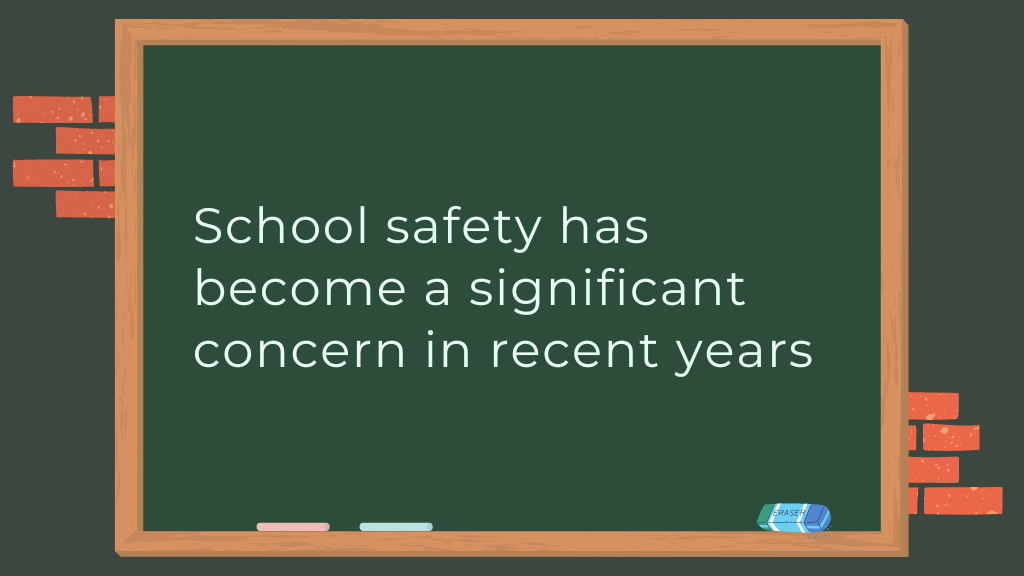School safety has become a significant concern in recent years, with the increasing number of incidents and threats to schools throughout the world. As a result, ensuring the security of students and staff has become a top priority for educators, administrators, and parents. In this article, we discuss a comprehensive approach to addressing school safety, including the types of threats schools face; ways to develop a secure environment; and strategies to involve students, staff, and parents in the process. Keep reading to learn more.
Understanding the Types of Threats to Schools
Before addressing the issue of school safety, it’s paramount to understand the types of threats that schools face. These can range from natural disasters such as earthquakes or tornadoes, which can cause significant property damage and pose a risk of injury or death, to acts of violence such as shootings, assaults, and terrorist attacks. In addition to physical threats, schools also face cyber-attacks and the potential for sensitive information to be compromised. Each of these threats can put students, staff, and the surrounding community at risk.
Understanding the specific threats that exist in a school’s region and environment is crucial for developing effective safety and security measures. For instance, schools in areas prone to natural disasters must have a solid emergency preparedness plan in place, while those in urban environments may need to be more vigilant about potential acts of violence.
It’s also important for schools to be proactive in addressing issues such as bullying and harassment, which can contribute to an unsafe learning environment. By fostering a culture of respect and inclusivity, schools can help mitigate the risk of violence and create a safer space for everyone on campus.
Developing a Comprehensive School Security Plan
Creating a comprehensive school security plan is essential for ensuring the safety of students and staff. This involves not only the physical security of the school but also the technological, procedural, and personnel aspects of security. A robust security plan should include measures such as access control, visitor management, and the use of school security systems such as security cameras and intrusion detection systems.
Additionally, schools should invest in ongoing staff training and development to ensure that all employees are aware of potential threats and the appropriate responses to handle emergencies. This includes regular drills and exercises to practice emergency procedures and reinforce the importance of security awareness.
Furthermore, it’s essential for schools to actively engage in ongoing risk assessments and security audits. By identifying vulnerabilities and gaps in their security measures, schools can address these issues and help minimize the risk of an incident occurring.
Involving Students, Staff, and Parents in School Safety
Creating a safe and secure learning environment requires the involvement of everyone within the school community, including students, staff, and parents. Encouraging students to take an active role in school safety can lead to a greater sense of ownership and responsibility for their own well-being and that of their peers.
Educating students about the importance of reporting suspicious activity, being aware of their surroundings, and understanding the procedures and protocols for emergency situations can empower them to become a valuable part of a school’s safety strategy. Similarly, staff and teachers should actively participate in the development and implementation of security policies, as their buy-in and support are critical for success.
Parents also play a vital role in school safety, as their active engagement and support can reinforce safety measures and help contribute to a positive school culture. Schools should make an effort to communicate regularly with parents about safety initiatives, encourage their input and feedback, and involve them in safety planning and decision-making processes.
Overall, enhancing school safety requires a comprehensive approach, involving a clear understanding of the types of threats that exist; the development of a robust security plan; and the active engagement of students, staff, and parents in the process of promoting a culture of safety and preparedness. By implementing these strategies, schools can help ensure the safety and well-being of their students and staff while supporting a positive learning environment for all.



